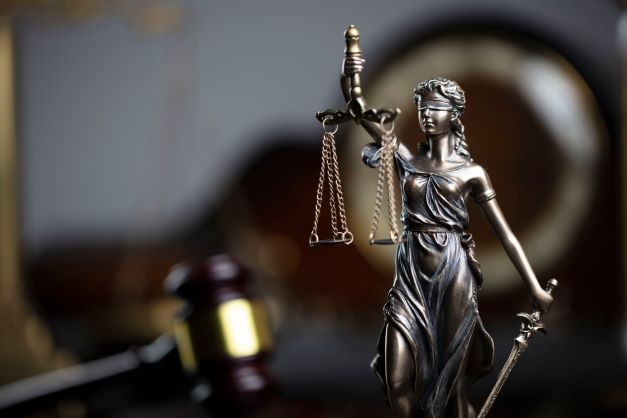


We have recently concluded a personal injury claim for a man from Yeovil who was hit by a car when walking home one night . He was crossing a road near his house when a car turned into the road that he was crossing. Car and person were in collision.
My client (the pedestrian) insisted that the car was travelling too fast, turned off the main road without indicating, and drove into him, probably due to not paying attention. Experience has taught me that for road accidents there are always two sides to the story, and in this case the driver of the car had another version of events.
The driver told his insurers that my client stepped off the pavement into the path of the car. The driver swerved to avoid a collision but was unable to do so. The driver had a friend with him in the car and they backed up what the driver was saying, saying the blame lay with the pedestrian. We were unable to trace any witnesses to the accident.
In those circumstances, how do we show who is telling the truth? Was the accident caused by the pedestrian stepping out without checking it was safe, or by the driver not paying attention? The insurers for the driver insisted that no fault lay with the driver. Often, where there are no independent witnesses, the lawyers for both sides will reach an agreement that blame is shared. This will be an acceptance that neither side will be able to prove that what they are saying is correct. In this case though, the insurers were unwilling to reach an agreement and insisted that the whole of the blame lay with the pedestrian. Their driver was blameless as he had swerved and done his best to avoid hitting the pedestrian.. Interestingly, and quite importantly, the driver had said something different to the police at the time. When the police first attended the scene, the driver told them that they hadn’t seen the pedestrian at all and believed that sight of them must have been obscured by the A pillar on the car.
It may seem odd that an insurer offers to pay compensation whilst insisting that their insured was not at fault. Sometimes, this will be what is known as a “nuisance payment”, which is a relatively small payment to avoid the legal costs that the insurer would incur to defend the rest of the case. In other cases, insurers offer to pay quite significant amounts, even when they insist that their insured is not at fault. This will be because they know that what they are saying publicly is not likely to be believed by the Judge.
That was the situation here as the insurers agreed to pay compensation of more than £100,000. So even though the insurers insisted their driver was telling the truth and was not to blame for the accident, they agreed to pay this large sum of money. That the driver gave two different versions of why he was not to blame is likely to have been a factor . Either he saw the pedestrian step out and tried to avoid a collision, or he didn’t see them. The contradiction between these two accounts would not have played well in Court. The insurers may have feared that the Judge would conclude that the driver’s account of the accident was not reliable.
My client was pleased with the compensation he received. But there have been two negative consequences of the way that the insurer has defended the claim. Litigation can be a stressful process and even more so when an insurer is denying responsibility in a situation when you know their insured is at fault. My client has had much more stress from this claim because of the insurer’s refusal to accept the reality.
Also, the insurer’s stance has delayed resolution of the claim and required me to do more work to overcome their position. Consequently the legal costs have been higher than they would have been . Insurers routinely complain that the legal costs they have to pay in a successful claim are too high. As here, it is often the insurers’ unwillingness to see anything other than their own reality that increases the legal costs.